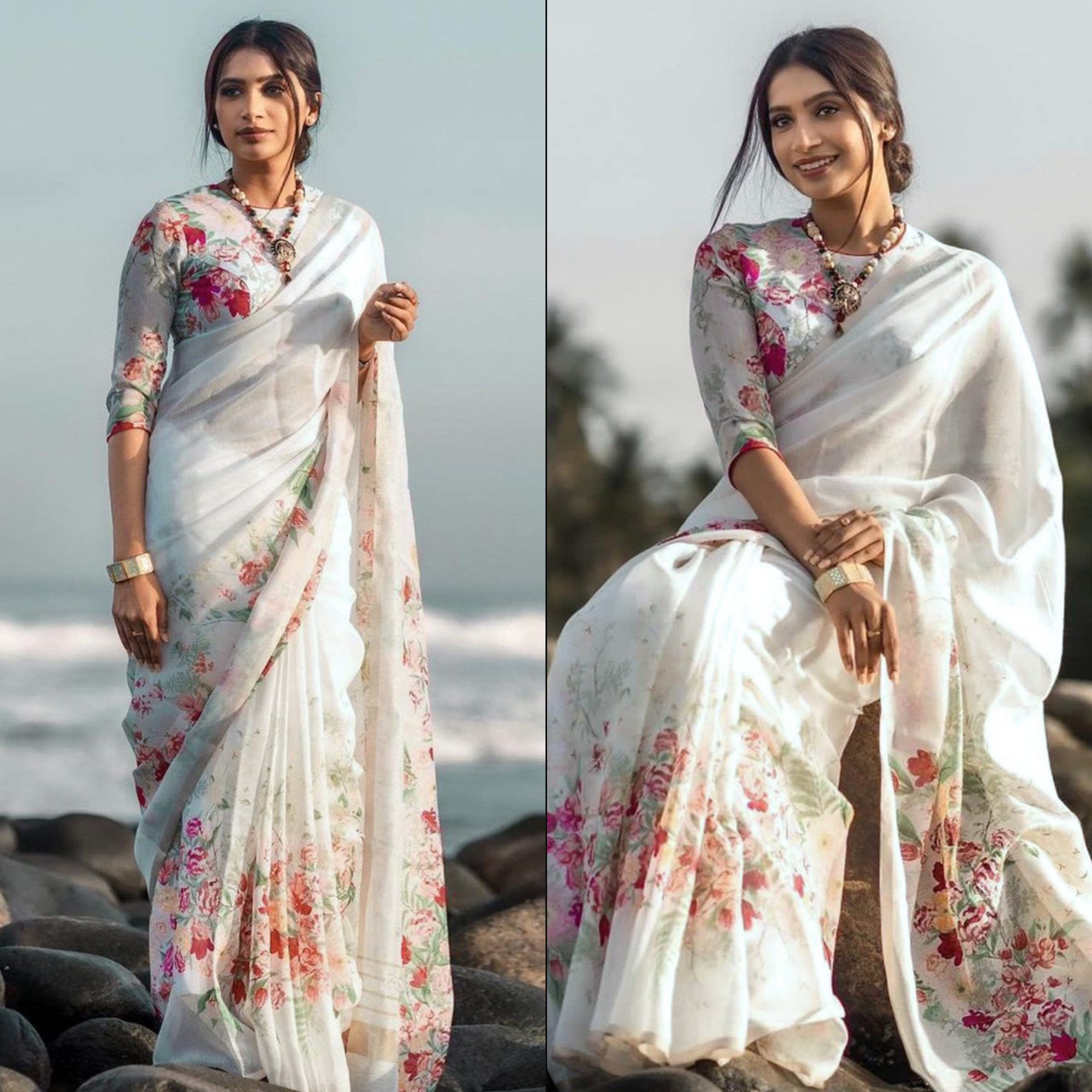Kashmir is the absolute picturesque place all happy, serene moments are made of. The heaven on earth, everything about Kashmir is blissful. The scenic beauty, the landscape, the food, the people, everything is beautiful! The structures, sculptures, handicrafts, wooden crafts, there is creative talent in every nook and corner of this state. Even the costumes of Kashmir are intricately woven to reflect a culturally rich lineage of the Kashmiris and the artists’ finesse the locals possess.
Most of the native garments are made of wool with elaborate embroidery with nuances to every detail.
Of the various traditional dresses of the Kashmiris, Pheran happens to be the more popular attire. The pheran is characteristically an embroidered dress with pockets and beautifully done up collars. The pheran is invariably loosely fit to make room for kangri- a traditional earthen vessel that is filled with coal to keep the wearer warm in the extyreme winter temperatures.
Costumes for Women
Hindus
The Kashmiri Hindu women wear long pherans, stretching upto their feet with narrowed full sleeves and a piece of cloth wrapping the pheran tightly around their waist. This piece of cloth is generally called a lungi. The pheran is their regular daily wera dress.
The Hindu women wear sarees too these days.
Headgear
The traditional scarf of the Kashmiri Hindu women known as the Tarang is usually brightly colored and narrows down towards the neck. This is a part of the conventional bridal wera among the Hindus of Kashmir.

Jewellery
The jewellery consists of the regular earrings, chain, anklets and bangles. The married Kashmiri Pandit women wear a special kind of pendant in their chains known as the dejharoos. They are made of gold and are equivalent to the mangalsutra. The dejharoos are two pendants combined together suspended from a gold chain or a silk thread.
Gujjar Women
The Gujjars are the pahadi tribe of Kashmir, the locals living on the mountain region uphill. The women wear a costume similar to a loose skirt style tunic teamed with a salwar. They also wear a thick curtain over their face, which is long till their shoulders. The hair of the Gujjar woman, are knotted with more than one plaits, which they like to hang on the front side.
Muslims
The Pherans worn by the Kashmiri Muslims are slightly different in that that the sleeves are broad and the length runs down up to the knee only. The sleeves are done in brocade usually and like the pherans worn by Hindus, these too are tied around the waist by a piece of cloth or pashmina shawl called lungi.

Headgear
Their head turban is very different from the Taranga. Known as Kasaba, they vary slightly in their appearance for the unmarried Muslim girls. It is red in color and is wrapped tightly around the head to keep it warm using trinkets and small pins. Usually made of wool, this headgear becomes more of a necessity during the harsh winters. The Kasaba is usually decked with small pendants and for the young girls it resembles more like a skull cap.

Jewellery
The Muslim women mostly wear only earrings and their other ornaments are made of silver only.
Costumes for Men
For the Kasmiri me too the signature costume is the Pheran- both for the Hindus and the Muslims. The Pheran is a loose gown/kurta that is till the knees. The Hindu males team it with a tight churidar pyajama while the Muslims team it up with a loose salwar. They complete the dress with a skull cap.
Headgear
For Hindus
The turban is the traditional Hindu Kashmiri Pandit male gear though its use not very rampant these days. The priest section among the Kashmiri Pandits wears the turban very similar to the Sikhs.

For Muslims
Skull caps are the traditional headgear of the local Kashmiri Muslim males. Fur skull caps with the Pashmina shawls worn by men often symbolize royal lineage. The Muslim men wear lace-free shoes known as Gurgabis.






















